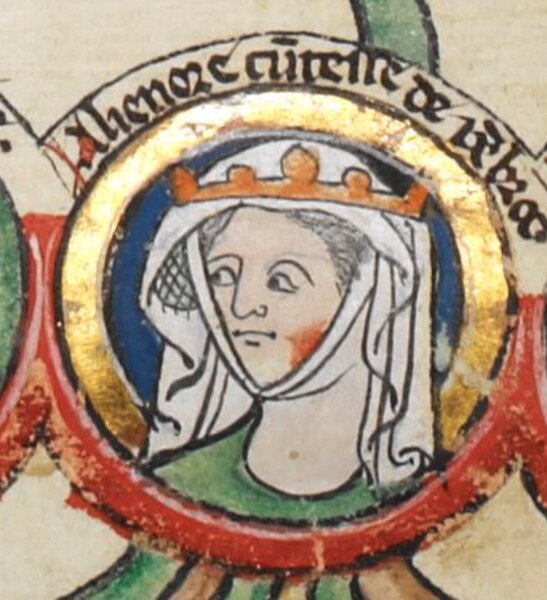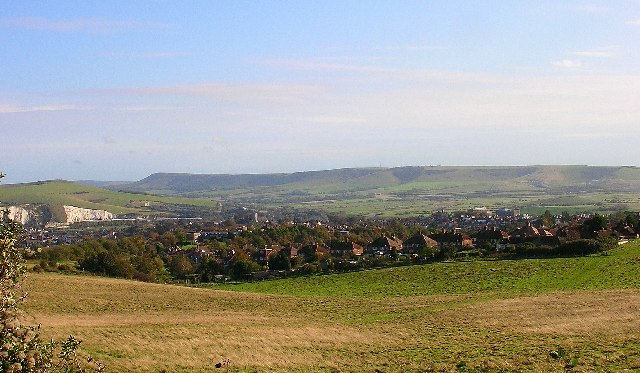The Second Barons' War (1264–1267) was a civil war in England between the forces of a number of barons led by Simon de Montfort against the royalist forces of King Henry III, led initially by the king himself and later by his son, the future King Edward I. The barons sought to force the king to rule with a council of barons, rather than through his favourites. The war also involved a series of massacres of Jews by de Montfort's supporters, including his sons Henry and Simon, in attacks aimed at seizing and destroying evidence of baronial debts. To bolster the initial success of his baronial regime, de Montfort sought to broaden the social foundations of parliament by extending the franchise to the commons for the first time. However, after a rule of just over a year, de Montfort was killed by forces loyal to the king at the Battle of Evesham.
Second Barons' War
Simon de Montfort, 6th Earl of Leicester
Simon de Montfort, 6th Earl of Leicester, later sometimes referred to as Simon V de Montfort to distinguish him from his namesake relatives, was an English nobleman of French origin and a member of the English peerage, who led the baronial opposition to the rule of King Henry III of England, culminating in the Second Barons' War. Following his initial victories over royal forces, he became de facto ruler of the country, and played a major role in the constitutional development of England.
Simon de Montfort, in a drawing of a stained glass window found at Chartres Cathedral, c. 1250
Eleanor of England, who married Montfort in 1238, depicted in the early-fourteenth-century Genealogical Roll of the Kings of England
Statue of Montfort on the Haymarket Memorial Clock Tower in Leicester
Site of the Battle of Lewes (1264) in East Sussex, photographed in 2005





